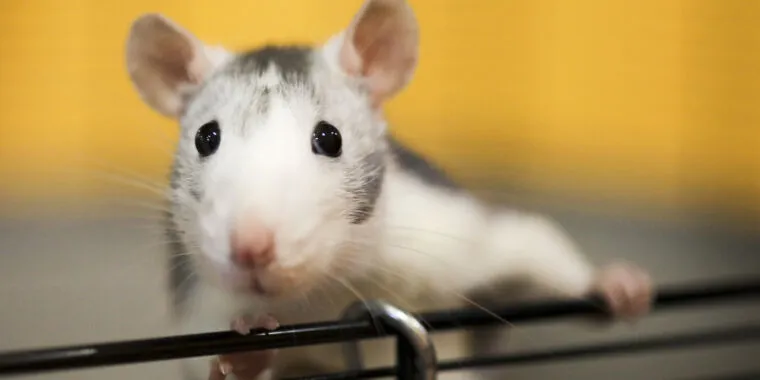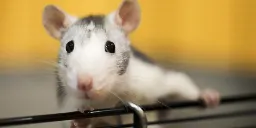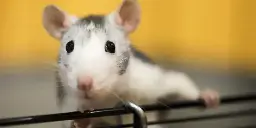Scientists aghast at bizarre AI rat with huge genitals in peer-reviewed article | It's unclear how such egregiously bad images made it through peer-review.
Scientists aghast at bizarre AI rat with huge genitals in peer-reviewed article | It's unclear how such egregiously bad images made it through peer-review.

arstechnica.com
Scientists aghast at bizarre AI rat with huge genitals in peer-reviewed article

Scientists aghast at bizarre AI rat with huge genitals in peer-reviewed article | It's unclear how such egregiously bad images made it through peer-review.::It's unclear how such egregiously bad images made it through peer-review.

